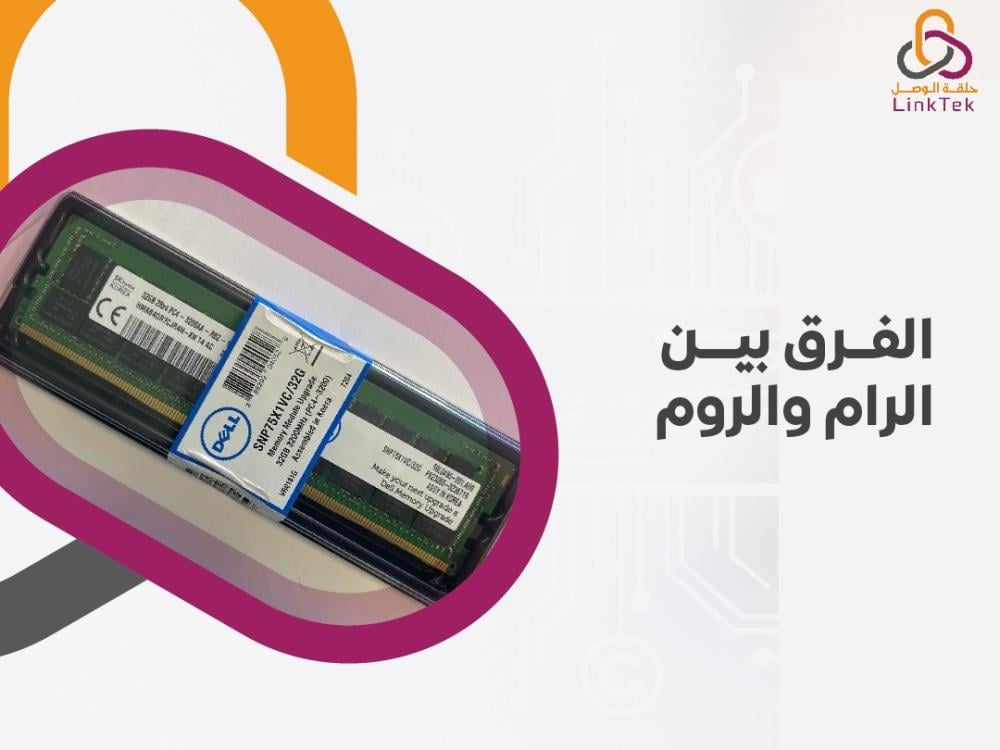
The storage capacity of computers is one of the most important factors that potential buyers consider when purchasing a computer. The first question that buyers usually ask is about the storage capacity of the computer. When discussing computer storage, RAM (Random Access Memory) and ROM (Read-Only Memory) come to mind, each with its distinct functions. This article will explore the differences between RAM and ROM and their roles in a computer.
What is the Difference Between RAM and ROM in Computers?
When buying a computer, the storage capacity is a crucial aspect to consider. Therefore, understanding the difference between RAM and ROM as storage methods is important.
Firstly, the primary difference between RAM and ROM lies in their functions. RAM (Random Access Memory) is used to store temporary data that the computer processes. This data is automatically cleared when the computer is turned off, and it is only used during the operation of the computer. Once the session ends and the computer is shut down, the data stored in RAM is erased.
On the other hand, ROM (Read-Only Memory) is used to store permanent data and essential programs, such as the computer's firmware and other fixed programs. All files are pre-installed on this memory by the computer's manufacturer, so ROM cannot be erased, and the data remains intact even when the computer is turned off.
What is the Difference Between RAM and ROM in Terms of Storage Capacity?
Apart from differences in function and eraseability, RAM and ROM also differ in storage capacity. Typically, RAM storage capacity ranges between 4 GB and 8 GB, whereas ROM storage capacity can range from a few gigabytes to several terabytes.
How Does the Storage Capacity of RAM and ROM Affect Overall Computer Storage?
As previously mentioned, the storage capacity of a computer plays a significant role in purchasing decisions. Here’s how the storage capacities of RAM and ROM impact the computer:
- RAM Capacity: RAM affects the computer’s ability to handle various applications. A larger RAM allows the computer to run programs and applications smoothly without causing delays, particularly for large applications that require substantial RAM usage, such as video editing software and modern games.
- ROM Capacity: ROM impacts the ability of the computer to store essential applications, firmware, and operating systems. Increasing ROM capacity allows for more storage of fundamental programs and fixed data.
How Does RAM and ROM Storage Capacity Influence the Choice of a Suitable Computer?
The storage capacities of both RAM and ROM influence the choice of an appropriate computer. RAM affects system performance; a larger RAM provides better system performance, preventing issues when running various programs.
ROM affects several important factors, including the computer’s storage capacity and upgradeability. A higher ROM capacity increases the computer’s ability to store data and firmware, and it also affects the potential for future upgrades.
In summary, understanding the differences in function, capacity, and importance between RAM and ROM is crucial in selecting the right computer for personal, office, or other uses. If you need to install many applications and require substantial RAM for smooth operation, choosing a computer with a high RAM and ROM capacity will help maintain continuous and efficient performance without crashes or other issues.

